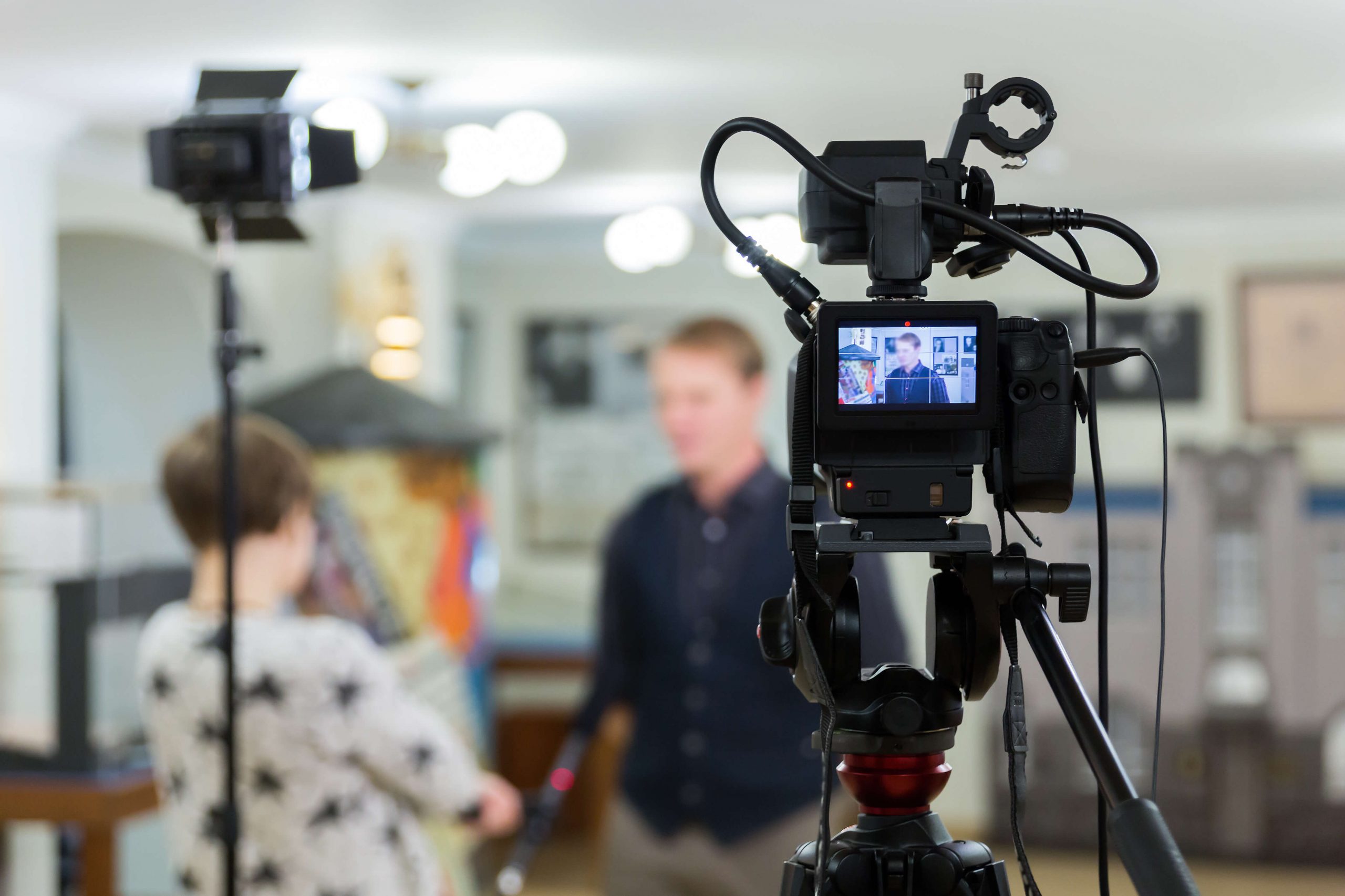Live Streaming for Marketing in 2020

By now, most executive decision-makers are already sold on the value of video marketing.
The statistics bear that out:
- 89% of video marketers say video offers a good ROI
- 83% say it helps with lead generation
- 87% say video increases traffic to their website
Organizations from nearly every sector are pouring resources into building bigger, better video marketing campaigns in order to achieve their long-term goals. Video content is quickly becoming a bottom-line consumer expectation — much like presenting a detailed website and a contact phone number.
But if customers expect video content, how can businesses use it to surprise and delight them? Organizations that want to stand out will need to take their video marketing strategy one step further with live streaming.
So what makes live streaming different than traditional video marketing content?
Whether it comes in the form of a product tutorial, a customer testimonial, or a catchy advertisement, video is inherently static. Video production professionals spend a great deal of time and money writing scripts, shooting and re-shooting footage, editing, and polishing their content before it goes up. Once it’s up, video content cannot change or respond to user feedback.
Live streaming, on the other hand, is dynamic and inclusive.
During the course of a live stream, you absolutely can (and should) include your audience’s suggestions, feedback, and questions. These prompts can become incredibly valuable starting points for interactions that develop customer relationships and lead new prospects further down your sales funnel.
The potential for viewer participation is one of the most important aspects of the live streaming format. Businesses that use it as part of their live streaming strategy have a powerful tool for directly addressing leads and returning customers alike.
Live Content Complements Studio Production Video
Live streaming is not a replacement for your ongoing video production efforts. In most cases, your live streamed content will complement your library of studio production-quality live videos.
While live video handles viewer participation and on-the-spot feedback better than studio production video, the two work best when combined with one another as part of an overall video strategy. The key to success is determining what types of content are best suited to each approach.
Proven Content Types
Some examples of business marketing video content ideally suited to live streaming include:

Q&A Sessions and Ask-Me-Anything Interviews
A traditional interview is easy to plan out. You can select an interview host for your company spokesperson to interact with, you can approve the specific questions the interviewer can ask, and you can edit your spokesperson’s answers before showing them to the public.
While all of this is undoubtedly useful, it comes at a cost. More often than not, that cost is your brand’s authenticity. Since your customers are left out of the picture, your interviewer may not quite address their concerns appropriately.
In a live streaming context, this changes radically. Whomever you choose to represent your company cannot simply rely on a script of pre-approved soundbytes. People — including your own customers, partners, and even your competitors — may ask challenging questions. The way you respond to them will paint a better picture of your brand value than any scripted interview ever could.
The open-ended nature of the ask-me-anything interview makes it a challenging format. Success requires choosing a knowledgeable, charismatic interviewee who isn’t afraid to improvise — and who won’t buckle under pressure.
Upcoming Product Teasers and New Product Launches
This strategy is already well-embedded in most high-tech industries. Almost all of the major global auto manufacturers are now live streaming their latest product releases. Video game developers regularly live stream gameplay demos of their upcoming releases.

Again, this type of video content is user-inclusive in a way that traditionally produced studio videos are not. If your content is based around showing a product or a work-in-progress to your potential customers, giving those customers agency around how you interact with the product can be enormously helpful.
This gives you the opportunity to address the concerns that real people actually have in their day-to-day lives concerning the product or service your content showcases. Instead of trying to guess the kinds of features that your customers care about, you can simply let them tell you what they are looking for in your product, and how they expect it to work.
Even negative feedback can be incredibly valuable. For example, the developers of the upcoming triple-A computer game Baldur’s Gate III changed a fundamental game mechanic in response to user feedback gathered during gameplay live streaming events. Dealing with negative feedback is much easier before people actually pay for the product; rushing a last-minute change after the product is released is a catastrophe waiting to happen.
Influencer-Hosted Outreach Campaigns
Like dancing, live streaming is best done with a partner. Creating sponsored live streaming events in partnership with brands, celebrities, or industry influencers who are willing to distribute your messaging to their audiences is a winning tactic in today’s hyper-saturated world of online content.
Every industry has its set of influential thought leaders. The same user-participation benefits that work to your advantage during ask-me-anything interviews and product demonstrations offer extraordinary value during influencer-hosted outreach content.
A great example of this approach is SAP asking futurist and tech influencer Brian Fanzo to speak with five different SAP partners over the course of five days. The result was over 25 hours of useful content covering the story behind some of SAPs biggest successes – but in a subtle way, told through the lens of the organizations that use SAP products.
Tools for Business Streaming
- Use a good video hosting platform to maximize your data analysis capabilities: User participation is one of the strongest benefits businesses can leverage when complementing their video marketing strategies with live streamed content, but it is not the only one. The ability to collect and analyze user data from the people who actually interact with your content enables long-term communication that draws leads closer into your organization’s circle.
Doing this requires gathering and analyzing data on users who interact with your video content and live events. The insights you can gain from this approach can help you drive innovation in unexpected ways, allowing you to cross-check user feedback with user behaviors in real-time, and develop nuanced strategies for cultivating leads with every piece of video content you post. - Reach more viewers with a scalable streaming platform: Live streaming is all about reaching as many viewers as possible. But any content distributor going beyond Facebook Live needs a reliable solution intended for large-scale distribution. A live streaming platform like Wowza can provide the infrastructure needed to reach any screen globally.
Simulcasting to multiple destinations is also critical for organizations looking to expand their viewership. Broadcasters can leverage a streaming server software or cloud-based service to enable this capability — thereby maximizing impact. That way, your content will reach viewers tuning in across YouTube, Facebook, and more.
FREE TRIAL
Live stream and Video On Demand for the web, apps, and onto any device. Get started in minutes.
- Stream with WebRTC, HLS and MPEG-DASH
- Fully customizable with REST and Java APIs
- Integrate and embed into your apps




